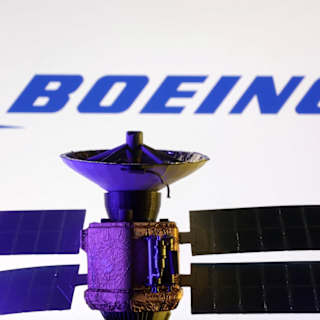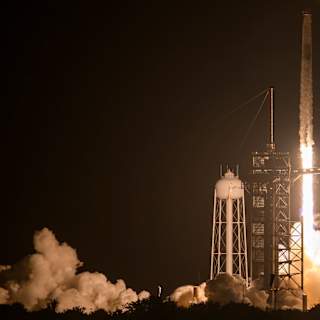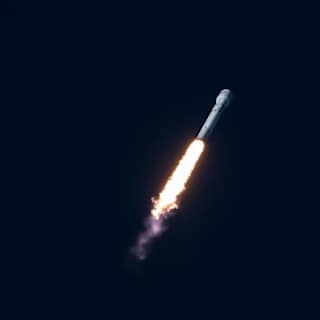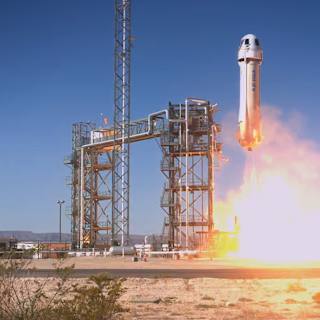- Double Launch Showcases SpaceX Capabilities
- Record-Breaking Pace Continues
- Growing Constellation
SpaceX completed two rocket launches from Florida's Space Coast on Wednesday, marking a rare double-header day that underscores the company's accelerating launch pace as it pursues an ambitious 170-mission target for 2025.
The day began with the predawn launch of Axiom Mission 4 at 2:31 a.m. EDT from Kennedy Space Center's Launch Complex 39A, sending four astronauts to the International Space Station aboard the newly named Dragon Grace spacecraft. Hours later, a Falcon 9 rocket carrying 27 Starlink satellites lifted off at 3:54 p.m. EDT from Cape Canaveral Space Force Station's Space Launch Complex 40.
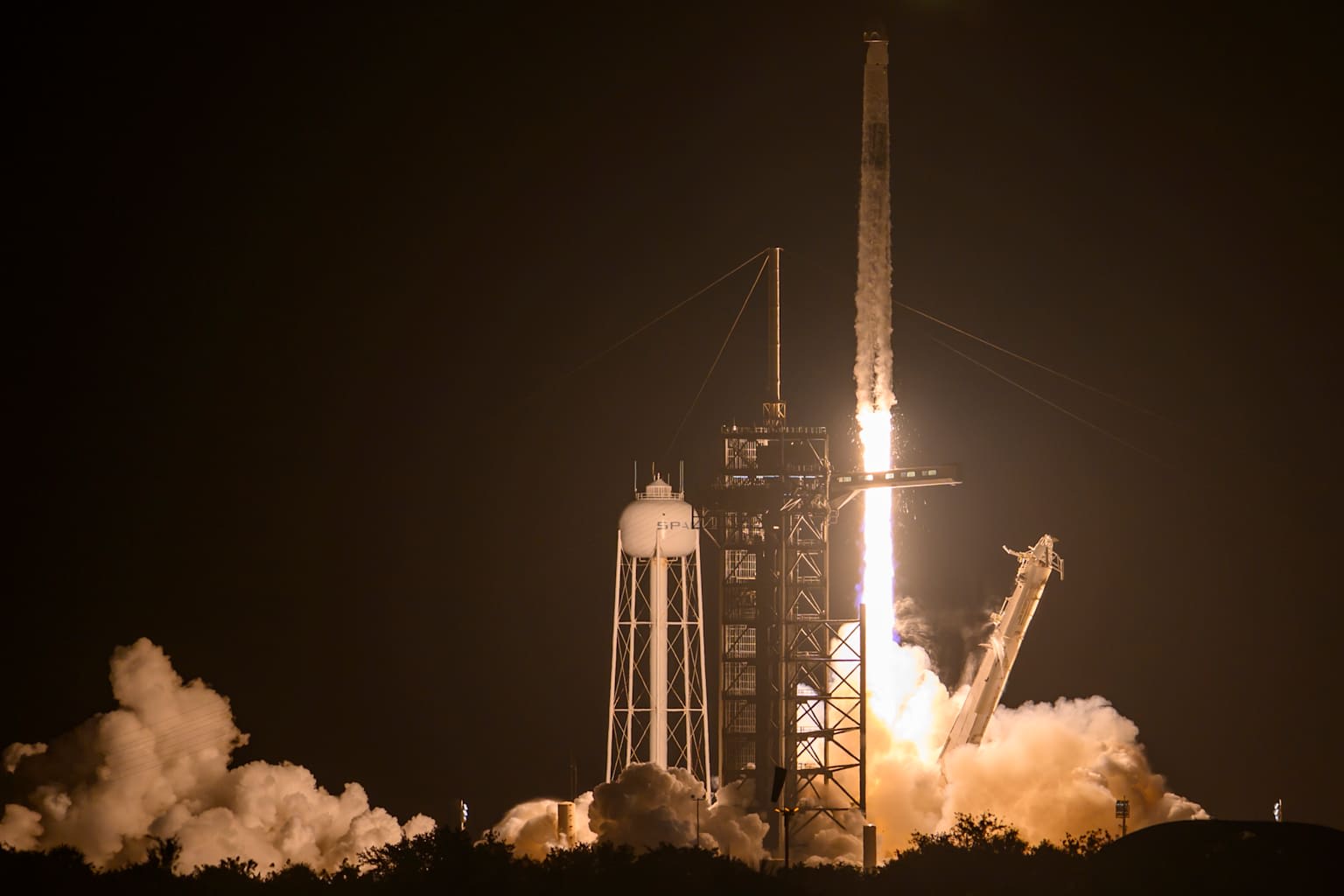
The Starlink 10-16 mission used booster B1080 on its 20th flight, demonstrating the reusability that enables SpaceX's rapid launch cadence12. The booster successfully landed on the droneship "Just Read the Instructions" stationed in the Atlantic Ocean, marking the 468th booster recovery to date1.
The 45th Weather Squadron had forecast an 80% chance of favorable conditions for the afternoon launch, with cumulus clouds as the primary concern32. Despite initial delays from the planned 1:22 p.m. EDT target, conditions improved enough for the successful afternoon liftoff24.
Wednesday's dual launches advance SpaceX toward its goal of 170 orbital missions this year, which would shatter the company's 2024 record of 134 launches12. "We're targeting 170 launches by the end of the year," Anne Mason, director of national security space launch at SpaceX, said in May1.
The company has completed 64 orbital missions so far in 2025, with 48 being Starlink flights2. At the current pace, SpaceX is launching approximately every two to three days, compared to roughly 25 launches in 202012.
The latest Starlink deployment brings the active constellation to more than 7,800 satellites providing internet service globally1. Dr. Jonathan McDowell of the Harvard-Smithsonian Center for Astrophysics documented 7,821 Starlink satellites in orbit before Wednesday's launch23.
SpaceX plans to deploy 12,000 Starlink satellites, with potential authorization for up to four times that number1. The next launch is scheduled for Saturday, June 28, according to navigational alerts4.
